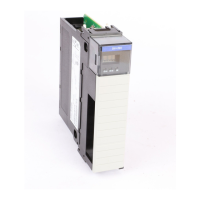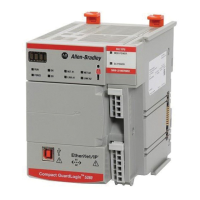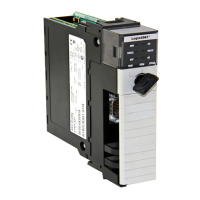Behavior models used in CIP Motion
28 Rockwell Automation Publication MOTION-RM003I-EN-P - February 2018
loop. Scaling the Load Observer Acceleration Estimate signal by the System
Inertia results in the Load Observer Torque Estimate signal. This signal represents
an estimate of motor torque.
Load Observer Configuration
The Load Observer can be configured in a variety of ways using the Load Observer
Configuration attribute. Standard Load Observer function is enabled by selecting
the Load Observer Only.
In addition, the Load Observer's estimated velocity signal can be applied as
feedback to the velocity loop by selecting Load Observer with Velocity Estimate or
Velocity Estimate Only. Selecting Acceleration Feedback degenerates the Load
Observer to an acceleration feedback loop by disconnecting the Acceleration
Reference input from the observer. The observer's velocity estimate is not available
in this mode of operation.
See also
Acceleration Control Behavior on page 25
Torque Control Behavior on page 71
Velocity Control Behavior on page 79
Command Generation includes these behaviors:
• Command Data Sources
• Command Fine Interpolation
• Command Ramp Generator
• Feedforward Signal Selection
• Command Notch Filter
Behavior

